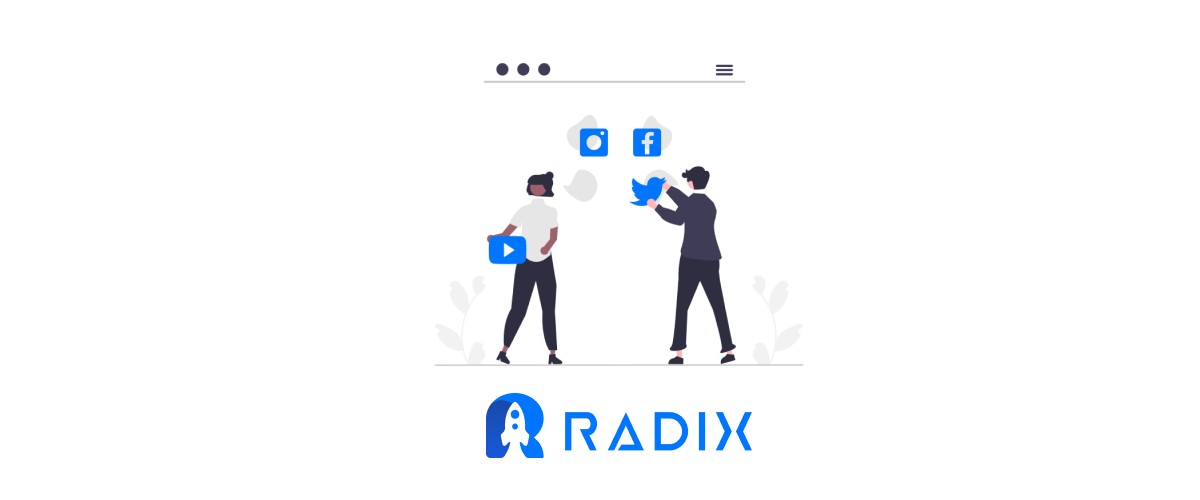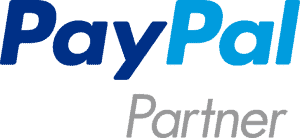We all make mistakes. Even the best of us. But the problem for SaaS companies is that the cost of these errors is usually a lot higher than those of normal businesses and can ultimately lead to the demise of the company’s success. In this article, I will share 8 common SaaS advertising mistakes that can hurt your business.
SaaS companies are notorious for making some common blunders with their advertising spending. For example, you will see wildly ineffective and inefficient tools and campaigns, a plague that affects both startups and enterprise companies. You will also see a lot of excessive spending that is not effective. A recent Gartner report found that 55% of the marketing budget was wasted by SaaS companies, which was spent on the wrong things.
Ad media buying for SaaS businesses may be a confusing rabbit hole.
What you’re aiming to do, what platform you’re on, and who you seek assistance from will all influence best practices, capabilities, and approaches.
However, once you’ve mastered that layer, there are still additional variations and difficulties to overcome, depending on the audience you’re attempting to reach and other variables particular to your case.
If your product is one of the SaaS companies focusing on advertising this year, I’m sure you’re under pressure to make sure you do not waste your budget on minor mistakes.
Here are eight tips to prevent some of the most typical SaaS ad-buying errors.
1) Underestimation of Brand Awareness
In competitive SaaS environments, quantifiable growth in sales conversions is frequently preferred over brand recognition, which is more difficult to attribute. However, given the value of familiarity in such a competitive environment, enhancing awareness is underestimated.
The first time a person hears about your tool, he or she is unlikely to sign up for it. Instead, advertising and retargeting may “cultivate the seed” and intentionally create brand recognition. This is the “familiarity bias” at work. We are more inclined to conduct business with brands we are familiar with than with ones we are unfamiliar with.
Use brand awareness initiatives to create longer-term relationships and familiarity with your product as customers get more acquainted with it. People still have a strong attachment to the software they use, so you’ll need a long-term approach to change that and win them over.
Take your time wowing them with educational information that focuses on raising awareness. These individuals are still too far down the sales funnel to respond effectively to sales pitch messages, especially if they’re delighted with your competitor’s offering. Even if they have “inertia loyalty” to your competition, which means they’re sticking with them because they don’t want to deal with the hassle of moving, you’ll still need to win them over before you can pitch successfully.

2) Using a “Everything, Everywhere” Strategy
One of the most common errors is to view SaaS advertising as a single enormous platform to which you can use a “one size fits all” strategy. Many marketers just try to execute the same campaign in the same way across numerous platforms and are surprised when it fails.
Context is more important than you would believe. In most cases, this is true, but it is especially true in the case of SaaS businesses.
When you’re promoting a technological product, the problem that your product intends to solve should ideally be matched with the activities that your audience is doing when they encounter your ads. Targeting mobile visitors with advertising for your web-only app, for example, may not be the greatest option. The total experience would be incoherent.
Instead, tailor your advertising to each platform so that viewers are taken on a seamless and natural path of discovery. For an online tool, this may mean advertising certain bits of content rather than the product itself and then nurturing and converting through a separate channel afterward.

3) Ignoring Intent Signals from Audiences
Context is critical in a variety of ways.
You might end up paying to have the wrong messaging delivered up to the wrong audience members if you ignore the context and intent with which a user could be seeking a tool. This might result in low conversion rates right away, or you could make the long-term error of attracting customers who aren’t likely to stay around.
For example, targeting everyone looking for free software with Google Search ads can be an expensive error in the long term. Many SaaS professionals say that someone who prioritizes free pricing over benefits or features is unlikely to be your most valuable customer.
Rather, go for consumers who send out signals that they’re likely to become high-value clients. For example, Radix targets searchers of Data Revenue software, but you likely won’t see us going as aggressively after those looking for free data revenue forecasting tools.
Intent signals may take various forms, from spending a lot of time on your website looking at sales-oriented materials to using keywords in Google searches that speak to the kinds of decisions individuals make towards the bottom of the funnel.

4) Assuming Humans Are the Only Ones Who Click
One of the most common problems I see with SaaS advertising is not differentiating between people and bots. With bots being more prevalent across the entire web, from social networks like Twitter and Facebook to Google itself and even blogs, it’s important to understand how to detect bots and remove them from your statistics.
Desktop Click fraud has risen to 25% and is on the increase in all forms, which means your campaign’s KPIs may not accurately reflect its genuine reach and impact.
Click fraud may:
- Affect your analytics and interpretation of your overall campaigns.
- Make your digital marketing plan difficult to figure out.
- Waste your resources and ad budget.
By being vigilant against click fraud, you can safeguard both your marketing budget and the campaign itself. Click-fraud detection and prevention technologies, such as ClickCease, can detect and stop fraudulent clicks on your Google and Bing ads before they drain your budget. The engine detects suspicious behavior patterns, auto-bans problematic IPs, and even makes refund claims to ad networks on your behalf using powerful AI.
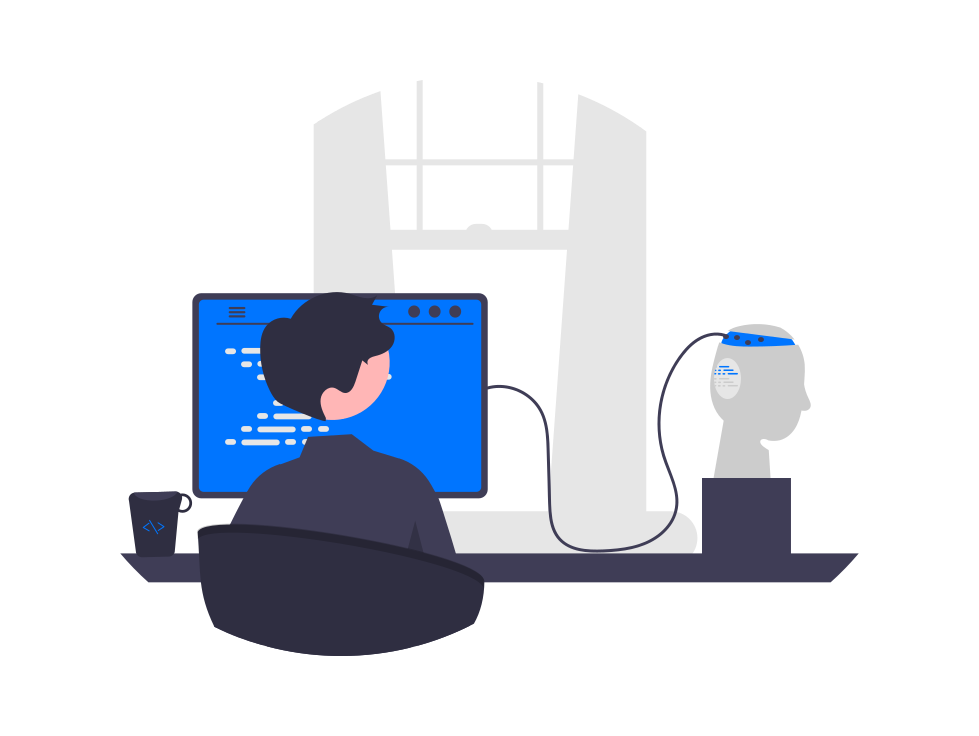
5) Getting Rid of Branded Keywords
“Why bid on the one phrase we can rank for organically?” is a reasonable question, but it will restrict your progress.
Search phrases that include your brand name frequently indicate a high level of intent and readiness to buy – a target audience you want to make sure you reach. Don’t depend just on an organic listing.

6) Taking UGC Opportunities For Granted
User-generated content (UGC) is one of the most potent sources of persuasion ever discovered. Audience members consider peer-generated material to be considerably more personable and trustworthy than content created by professional marketers.
Much of UGC’s influence is based on concerns of trust. This is especially true when it comes to virtual products sold in virtual environments, where many users are concerned about their safety. With so many scammers, hackers, and trolls on the market, a little social proof goes a long way. People feel safer when you use authentic product reviews in your ad content.
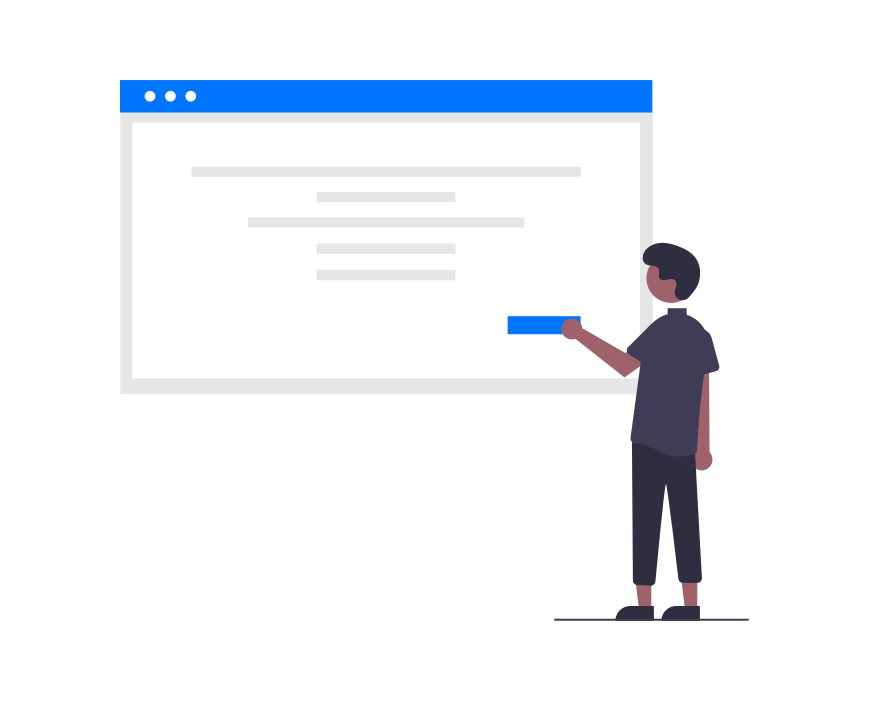
7) Not Developing Nurture Funnels
If you haven’t noticed now, a common trend among these mistakes is that marketers don’t think long enough. While the nature of SaaS allows for a quicker sales cycle, you won’t be able to convert a large number of customers in a single touch.
Rather, create ad funnels to nurture your leads over time.
You may boost your marketing effect at each level of the buyer’s funnel and move people from one step to the next by using sequences of related content and CTAs.
Instead of just placing visitors into the sales funnel and letting them fall out at any time, ads assist them through each stage. People who respond to each ad group’s calls to action are ready to see the following round of ads.

8) Ignoring Existing Customers
Why would you spend money to market your product to your current customers? Because customer retention is the key to SaaS’s success. You must try to retain your customers at all times, and it is a significant enough goal to warrant ad spending.
From content and onboarding communication to promoting new product features and announcements to sharing new case studies and usage of your tool with unengaged customers, advertising may play a role in your customer retention strategy. The goal is for customers to continue to associate your product and brand with their most powerful selves.
When creating an ad-driven nurturing funnel, don’t forget to incorporate customer retention in your plan.
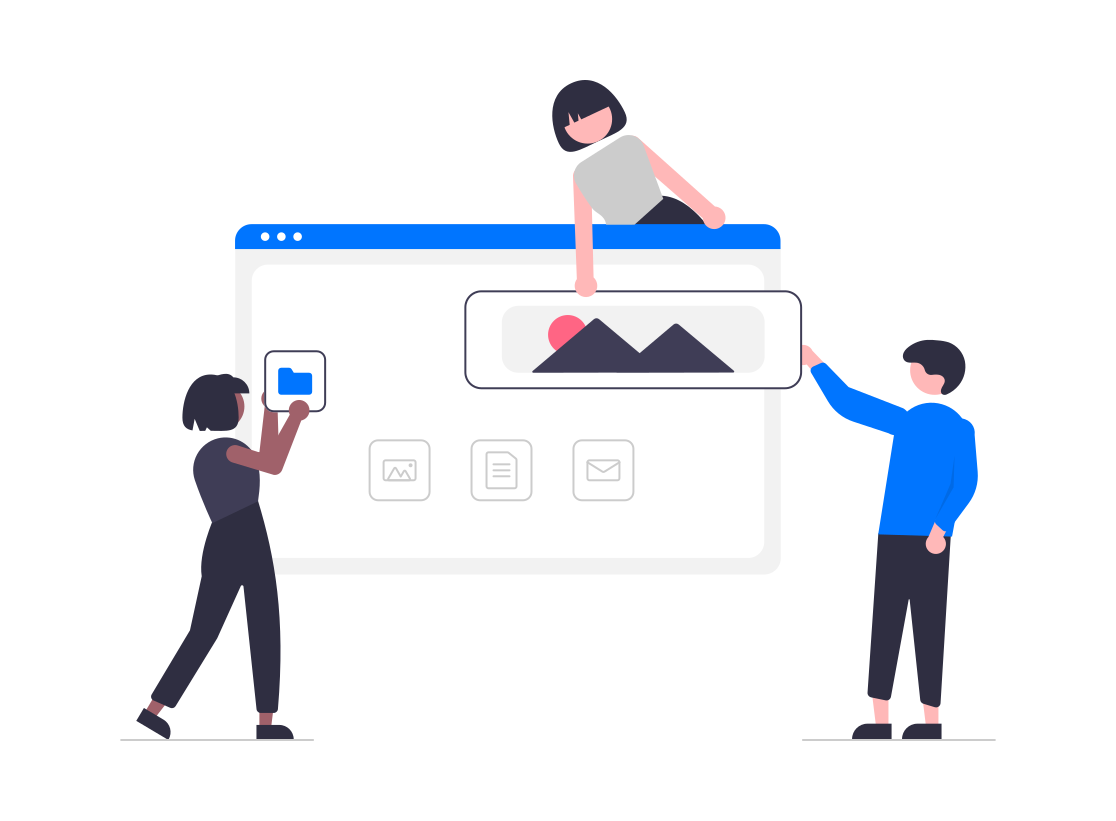
To wrap up…
If you are a SaaS startup, it’s important you not make the same mistakes we did when advertising our product. We spent too much on advertising and weren’t getting enough conversions. The eight tell-tale signs below are things that can help you understand your product better, so you can focus more on areas that your audience cares about.
Use Radix to Track & Analyze Your SaaS
Analytics is a critical component to any marketing strategy. By analyzing the data from your company, you are literally able to read the big picture and determine what is working for you and what isn’t.
This data can inform every aspect of your business and help you shape a marketing strategy that not only works well but is cost effective. Analytics can give you insight into improving nearly every aspect of your business that either boosts traffic or helps your conversion rate.
Sign Up Here!
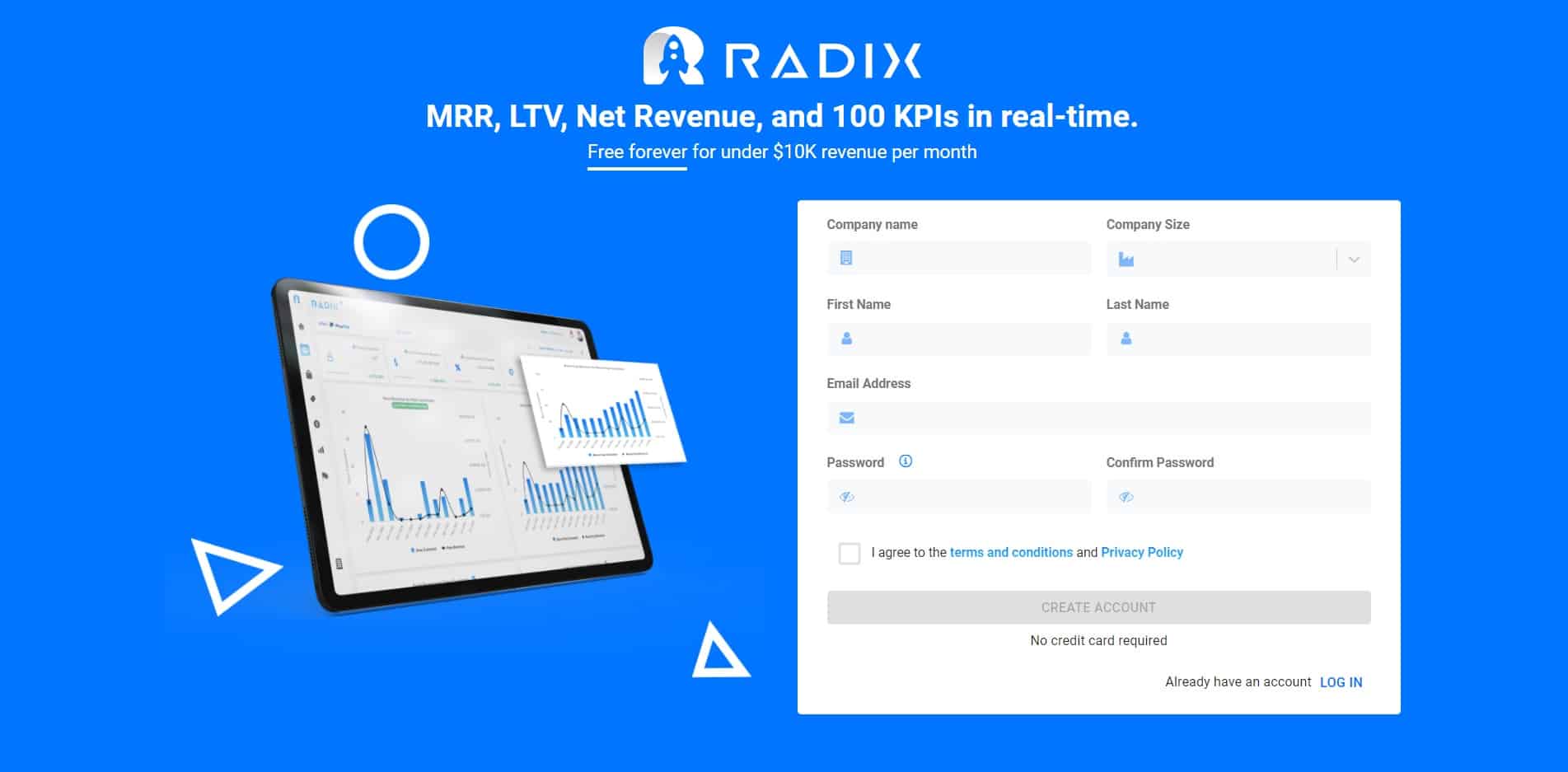
Read More:
5 Things All Great SaaS Sales People Share



